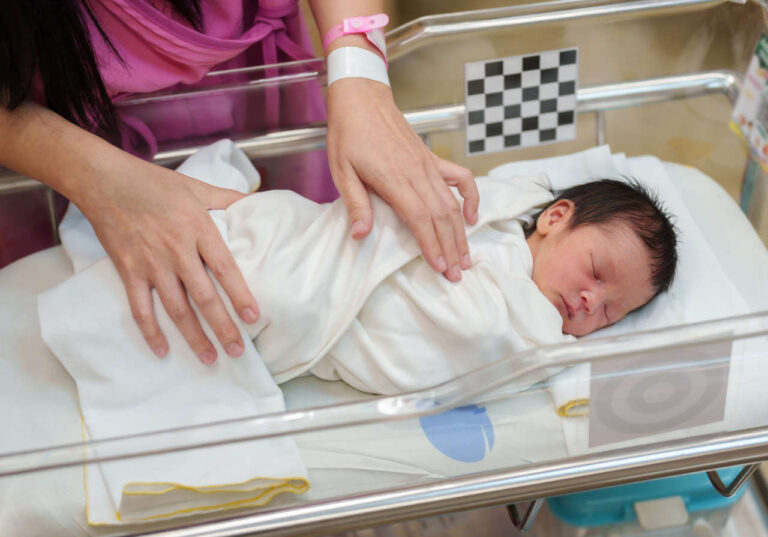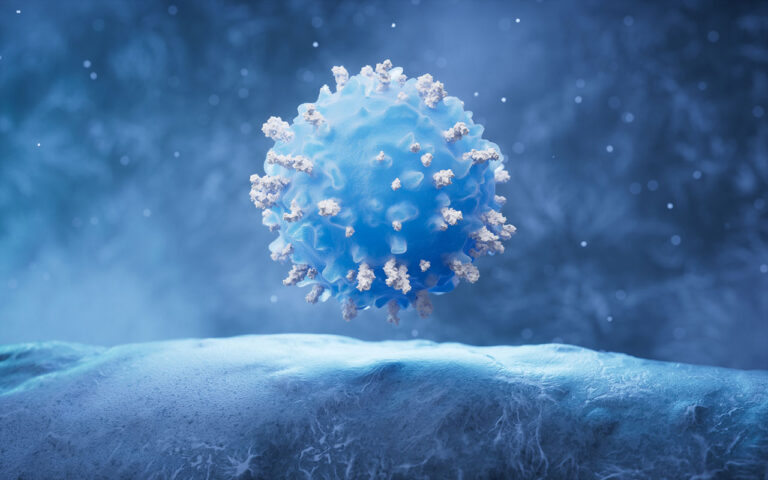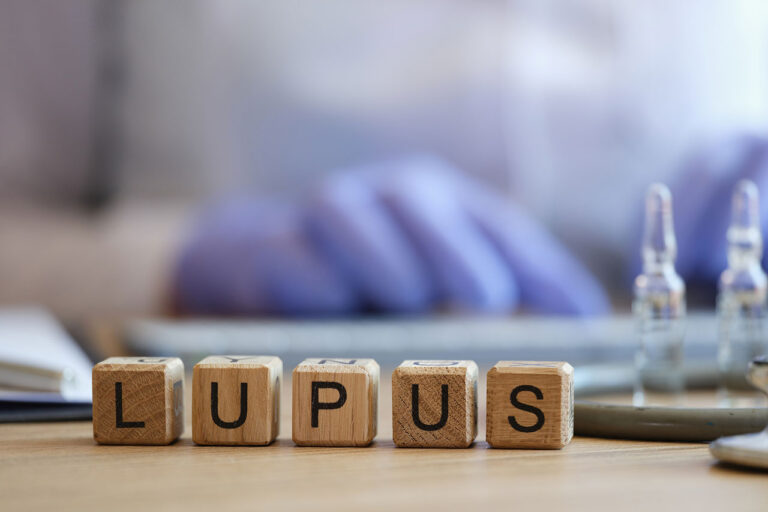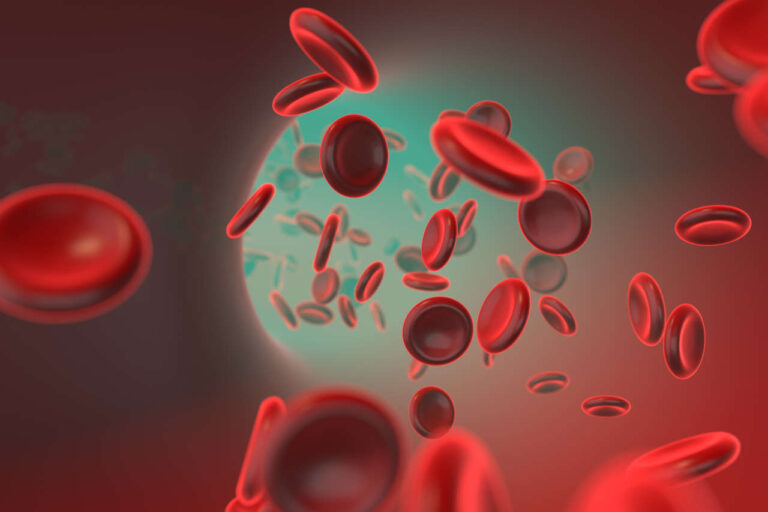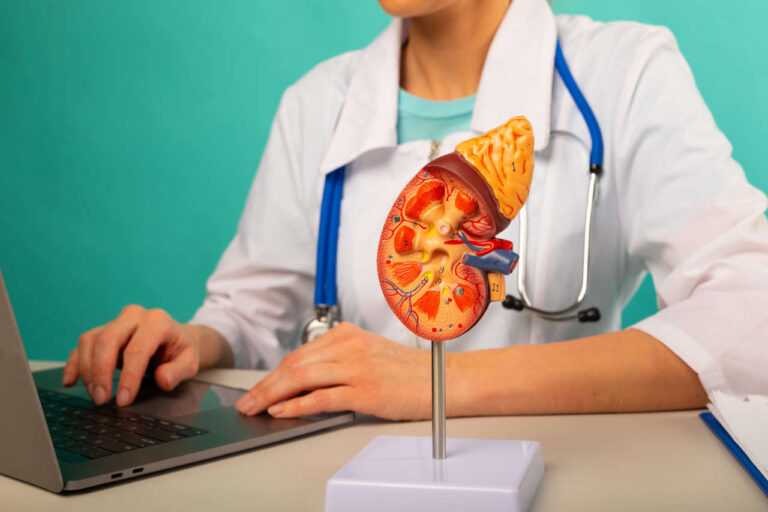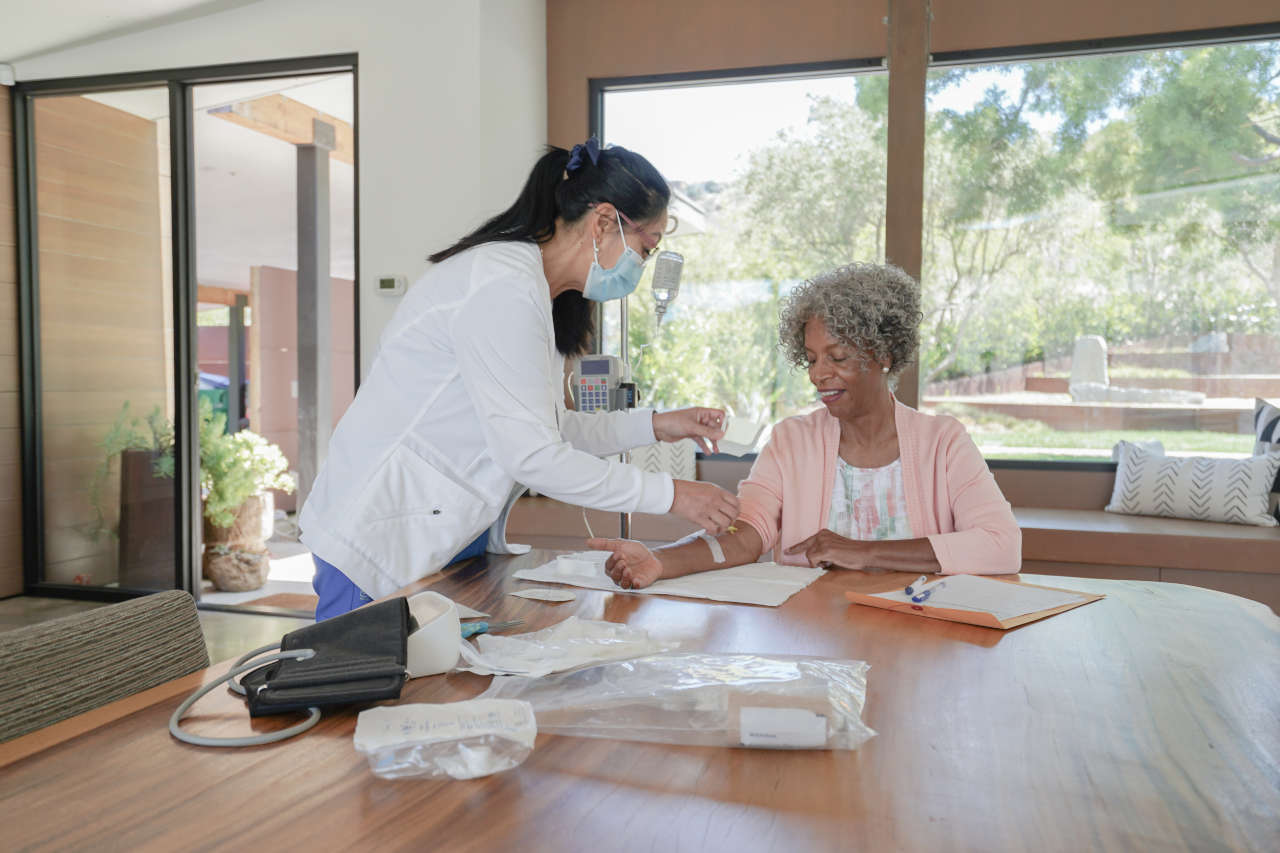
IVIG for parvovirus B19-induced pure red cell aplasia is often considered the first-line treatment, especially in individuals with weakened immune systems. Learn about the benefits of IVIG, mechanism of action, and limitations of use.
The Best IVIG Home Infusion
A Quick Overview
Pure red cell aplasia is a rare condition. It occurs when cells that eventually turn into red blood cells become depleted or absent in the bone marrow. As a result, the bone marrow fails to produce sufficient healthy red blood cells, leading to severe anemia. Symptoms can include:
- Shortness of breath
- Weakness
- Dizziness
- Fatigue
Parvovirus B19-induced pure red cell aplasia occurs when severe anemia develops following infection with parvovirus B19.
In otherwise healthy individuals, anemia is transient and often self-limiting. However, anemia can last longer and may cause life-threatening complications in immunocompromised individuals such as those with HIV/AIDS or transplant recipients.
What Are the Benefits of IVIG for Parvovirus B19-Induced Pure Red Cell Aplasia?
IVIG is often considered the primary treatment for parvovirus B19-induced pure red cell aplasia in individuals with weakened immune systems [1,2].
Several case reports suggest IVIG for parvovirus B19-induced pure red cell aplasia may cure or correct anemia within weeks.
For example, in a 2022 study, researchers from Norway reported a case of a 39-year-old man who had successfully received a pancreas from a donor. The person was receiving immunosuppressive drugs to prevent the rejection of the transplanted organ.
Several months after the transplant, the person was diagnosed with parvovirus B19-induced pure red cell aplasia. Following the diagnosis, the person received 30 g (0.4 g/kg/day) IVIG for 6 consecutive days. At the end of the IVIG therapy, hemoglobin levels gradually increased to a satisfactory level [3].
Nonetheless, relapses occurred at 4 and 8 months after IVIG therapy. On both occasions, IVIG was administered with promising results.
Another 2022 review analyzed data of eight kidney and two heart transplant patients and 86 studies to determine the use of IVIG and recurrence rate. All cases in the study had parvovirus B19-induced pure red cell aplasia and were solid organ recipients.
The researcher found that [4]:
- About 91% of cases received IVIG
- About 54% received IVIG and immunosuppression reduction
- 6.5% of cases showed reduced immunosuppression without IVIG
- Recurrence rate was 17.5%
They also noted that reducing the use of immunosuppressive medicines may help resolve anemia in individuals with parvovirus.
In a 2024 study, two kidney transplant recipients with relapsing parvovirus B19-induced pure red cell aplasia were treated with 0.4g/kg/day of IVIG and a reduced amount of immunosuppressive medication. Although they relapsed around the same time frame as other patients, they responded to treatment earlier, showing some success for this dosing regimen [5].
Consult an IVIG Specialist
What’s the Success Rate of IVIG for Parvovirus B19-Induced Pure Red Cell Aplasia?
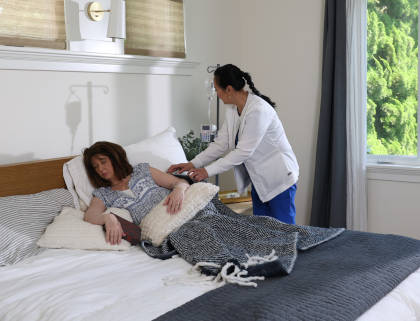
- Viral load
- Type of organ transplant
- Underlying health conditions of the patient
- Type and dosage of immunosuppressive agent taken by the patient
Success rate may vary depending on several factors, including:
According to a review published in Clinical Infectious Diseases, 93% of study participants achieved satisfactory hemoglobin levels after the first IVIG therapy. Unfortunately, relapse occurred in about 40% of participants after about 130 days [6].
IVIG for Parvovirus B19-Induced Pure Red Cell Aplasia: How Does IVIG Work?
Individuals with weakened immune systems do not have enough proteins (antibodies) against parvovirus B19. IVIG contains significant amounts of these antibodies, which neutralize parvovirus B19 and help correct anemia.
Nonetheless, relapses can occur when there are insufficient virus-neutralizing antibodies, which is common with IVIG treatment discontinuation.
Yet, IVIG remains the treatment of choice, given that no specific antiviral drug against parvovirus exists, and case reports suggest most patients respond to IVIG.
Limitations of IVIG
Despite widespread use, IVIG for parvovirus B19-induced pure red cell aplasia faces several challenges, such as:
- A lack of optimal dosage and duration of IVIG therapy from large, controlled trials
- IVIG may not be necessary for all HIV patients who have parvovirus B19-induced pure red cell aplasia [7]
- IVIG treatment does not always eradicate parvovirus B19, and relapses may occur (requiring repeated IVIG administration)
- A lack of cost-benefit comparison between low- and high-dose IVIG
- IVIG availability and rising costs, especially with repeated administration
What To Expect During IVIG
You will receive IVIG as a slow infusion into your veins (intravenous) at an infusion center or at home. Though IVIG is generally safe and well-tolerated, you may experience side effects, typically during the first 60 minutes of infusion, such as:
- Shortness of breath
- Wheezing
- Chest tightness
- Coughing
- Headache
- Nausea
- Vomiting
- Fever Rash
- Back pain
To minimize the risk of such reactions, your healthcare provider may give you fluids and IVIG premedications.
Get IVIG Copay Assistance
Frequently Asked Questions
How does IVIG work for parvovirus B19-induced pure red cell aplasia?
IVIG works for parvovirus B19-induced pure red cell aplasia by providing virus-neutralizing antibodies to the patient. There has also been evidence to suggest IVIG therapy can promote antibody formation in affected patients [8].
What is the treatment for parvovirus B19?
Standard parvovirus B19 infections are generally mild and self-limiting. Complete recovery occurs in most individuals who are otherwise healthy. Treatment may involve medications to relieve fever, itching, and joint pain and swelling.
How do you treat aplastic anemia due to parvovirus?
The most preferred treatment for parvovirus-associated severe aplastic anemia is bone marrow transplantation.
How does parvovirus B19 cause pure red cell aplasia?
Parvovirus B19 specifically targets and destroys cells that would otherwise mature into red blood cells. Consequently, the bone marrow is unable to produce mature red blood cells, leading to a dramatic drop in hemoglobin levels.
What drugs cause pure red cell aplasia?
The three drugs most commonly associated with pure red cell aplasia are:
- Phenytoin (anticonvulsant)
- Azathioprine (immunosuppressive agent)
- Isoniazid (antibiotic to treat tuberculosis)
REFERENCES:
- Ig Governance – Criteria for the Clinical Use of Immunoglobulin in Australia. www.criteria.blood.gov.au/MedicalCondition/View/2520.
- Lobbes, Hervé, et al. “Treatment Strategy for Acquired Pure Red Cell Aplasia: A Systematic Review and Meta-analysis.” Blood Advances, vol. 7, no. 21, Aug. 2023, pp. 6451–65, doi:10.1182/bloodadvances.2023010587.
- Lindahl, Jørn Petter et al. “Case Report: Pure Red Cell Aplasia Caused by Refractory Parvovirus B19 Infection After Pancreas Transplantation Alone.” Frontiers in medicine vol. 9 849783. 16 Mar. 2022, doi:10.3389/fmed.2022.849783
- Zhong, Q., et al. “The Detection, Treatment of Parvovirus B19 Infection Induced Anemia in Solid Organ Transplants: A Case Series and Literature Review of 194 Patients.” Transfusion Clinique Et Biologique, vol. 29, no. 2, Jan. 2022, pp. 168–74, doi:10.1016/j.tracli.2021.12.005.
- EXPERIMENTAL AND CLINICAL TRANSPLANTATION. www.ectrx.org/forms/ectrxcontentshow.php?year=2024&volume=22&issue=1&supplement=0&makale_no=0&spage_number=75&content_type=FULL%20TEXT.
- Crabol, Y., et al. “Intravenous Immunoglobulin Therapy for Pure Red Cell Aplasia Related to Human Parvovirus B19 Infection: A Retrospective Study of 10 Patients and Review of the Literature.” Clinical Infectious Diseases, vol. 56, no. 7, Dec. 2012, pp. 968–77, doi:10.1093/cid/cis1046.
- Xu, Feilong et al. “Pure Red Cell Aplasia Caused by Parvovirus B19 in Patients with Human Immunodeficiency Virus Infection: A Series of Four Cases.” Infectious Diseases & Immunity vol. 3,3 (2023): 132–135. doi:10.1097/ID9.0000000000000091
- Joseph KD, Thota V, Bains A, et al. Exploring the rare etiology of severe anemia in an immunocompromised patient. Cureus. 2021;13(7):e16750.doi:10.7759/cureus.16750

